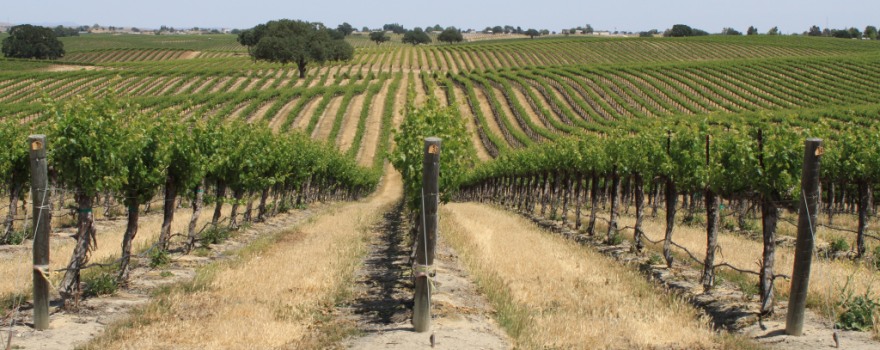 From the California Water Impact Network (C-WIN):
From the California Water Impact Network (C-WIN):
The California Water Impact Network (C-WIN, online at www.c-win.org) has notified the County of San Luis Obispo of its intent to file lawsuits challenging the County’s approval of new water well permits without the environmental impact reviews required by the California Environmental Quality Act (CEQA). “Groundwater is the critical water source for San Luis Obispo County,” says Carolee Krieger, the executive director of C-WIN. “The county has little in the way of surface sources, and State Water Project deliveries are both minimal and unreliable. Residents live or die by groundwater.”
The County’s proposed water conservation program is based on “offsets” that are inadequate to stop overdraft of local aquifers, Krieger says.
“The only option left for protecting dwindling groundwater resources is to apply CEQA to all new permit applications,” Krieger says. “Without specific language that proscribes overpumping, any proposed ‘water conservation program’ is meaningless. It’s just verbiage, hot air, and wheel spinning. California is in a water emergency, and the situation in San Luis Obispo County is especially dire. We can’t afford half measures that will only exacerbate the crisis.”
Krieger says the lawsuit initially will challenge wells not subject to conservation offsets because the county’s emergency offset program expires on August 27, and the adoption date for a new proposed offset program has not been finalized. Ultimately, the lawsuit may address all new wells.
A letter signed by Devin Best, the executive director of the Upper Salinas-Las Tablas Resource Conservation District, noted the plan fails to meet its own stipulated goals of providing a means to “substantially reduce groundwater extraction and lowering of groundwater levels in the Paso Robles Groundwater Basin (PRGB).”
“The PRGB is one of the largest and most important aquifers in the state,” Best says. “Not only does the current plan fail to address overdrafting of the PRGB. It provides insufficient information on impacts to hydrology, water quality, and biological resources. The RCD is ready to offer its services and expertise to mitigate the plan’s shortcomings.”
Given that overdrafting is causing severe groundwater depletion, says Best, “There must be a process that assesses the environmental effect of new wells. CEQA provides that process.”
In explaining C-WIN’s decision to sue the county, Krieger observed that groundwater overdraft is an accelerating problem throughout the state, citing recent data from NASA confirming massive land subsidence throughout the Central Valley due to groundwater depletion.
“This isn’t a temporary problem that will disappear if heavy precipitation returns,” Krieger says. Aquifers can take years to recharge in the best of circumstances, and overdraft can greatly reduce groundwater availability because land subsidence destroys aquifer structure and holding capacity. Land subsidence also compromises infrastructure such as pipelines, roads, and bridges. We have to protect San Luis Obispo County’s aquifers before it’s too late.”
Click here to read the Notice of Intent.
The California Water Impact Network (C-WIN, online at www.c-win.org) promotes the just and environmentally sustainable use of California’s water, including instream flows and groundwater reserves, through research, planning, media outreach, and litigation. www.c-win.org
 Get the Notebook blog by email and never miss a post!
Get the Notebook blog by email and never miss a post!
Sign up for daily emails and get all the Notebook’s aggregated and original water news content delivered to your email box by 9AM. Breaking news alerts, too. Sign me up!

